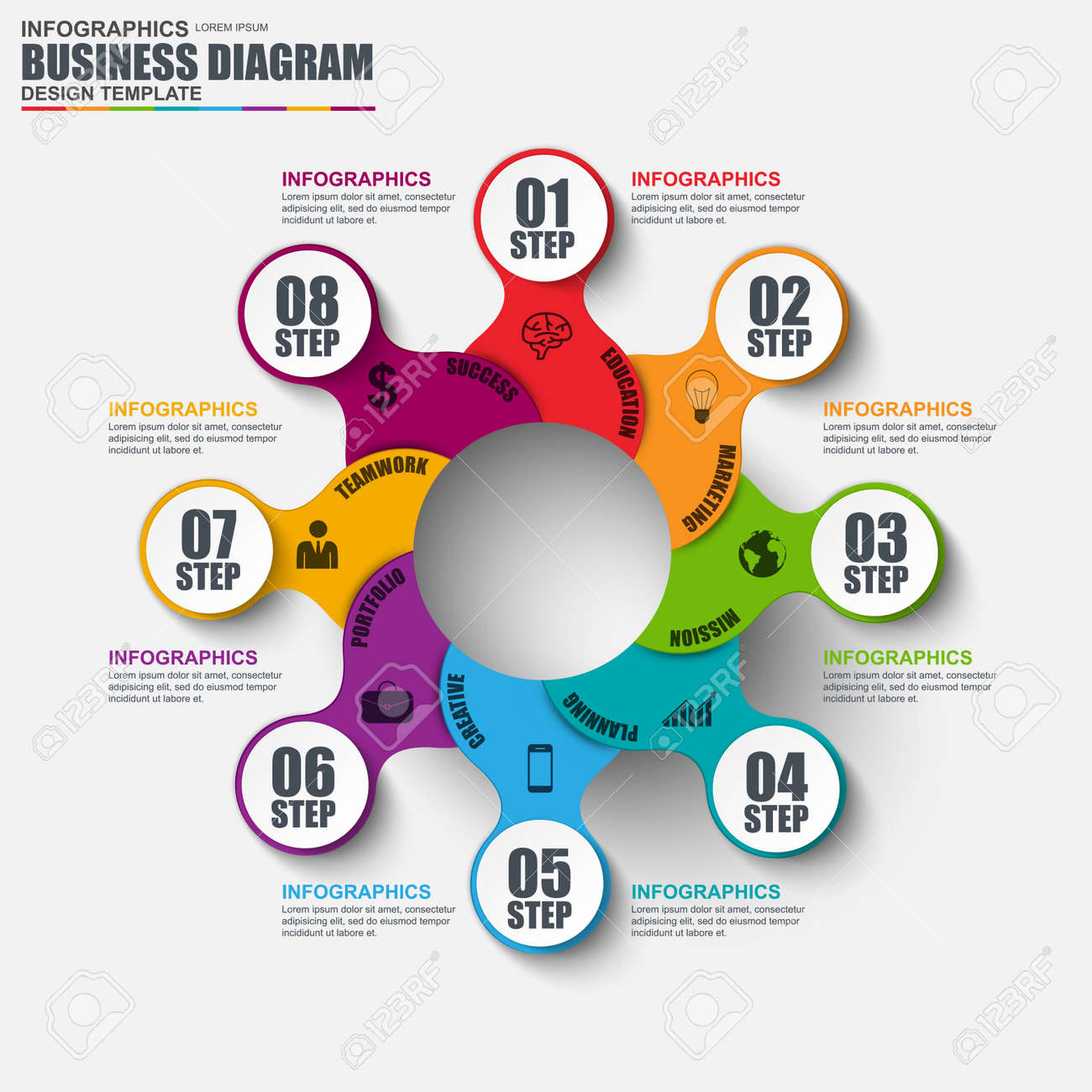Core Principles Of Internet Site Design: Advice For Crafting A User-Friendly Online Presence
Core Principles Of Internet Site Design: Advice For Crafting A User-Friendly Online Presence
Blog Article
Short Article Composed By-Abildtrup Gammelgaard
When it involves internet site style, ensuring user-friendliness is key. From receptive style to streamlined navigation, every component plays a vital function in producing a site that accommodates your target market's requirements. Yet what about the better information that can make or damage a user's surfing experience? Keep tuned as we uncover some often-overlooked pointers that can elevate your web site's use to the following level, making it really stick out in the electronic landscape.
Importance of Responsive Style
Receptive design is an essential aspect of contemporary website development. Guaranteeing your website is receptive methods that it can adapt to different screen dimensions and devices, offering a seamless experience for customers.
With the increasing use smart devices and tablet computers to access the net, having a receptive layout is crucial for reaching a wider audience. It aids in boosting individual experience by making your internet site simple to browse and continue reading any device.
In additional resources , receptive style can positively impact your online search engine rankings, as internet search engine like Google prioritize mobile-friendly sites. By having a receptive layout, you're also future-proofing your internet site, as new tools with varying screen dimensions continue to emerge.
Simplify Navigation Framework
To enhance customer experience and promote simple access to info on your website, streamlining the navigation framework is vital. When making your site, focus on creating a clear and intuitive navigation menu that helps visitors locate what they're seeking swiftly.
Limitation the variety of menu items to the basics, organizing related web pages together to stay clear of frustrating customers. Use detailed tags that clearly show the material of each page, making it easier for individuals to comprehend where each link will take them.
Take into consideration implementing dropdown menus for subcategories to avoid jumbling the main navigation bar. Furthermore, consist of a search bar plainly on the web page for individuals who prefer looking for details details.
Prioritize mobile responsiveness in your navigating layout to ensure easy access on all tools.
Enhance Web Page Load Rate
Improving web page tons rate is critical for keeping site visitors on your website. Slow-loading pages discourage customers and can cause high bounce prices. To maximize Website Design , start by maximizing photos. Press pictures without endangering high quality to decrease their data dimensions.
Additionally, allow web browser caching to save frequently accessed resources in your area, speeding up load times for returning visitors. Minify CSS, JavaScript, and HTML files by eliminating unneeded characters, comments, and formatting, boosting load rate.
Think about utilizing a web content delivery network (CDN) to disperse your web site's material throughout several servers worldwide, reducing latency for individuals accessing your website from various locations. Lastly, restrict the use of third-party manuscripts and plugins, as they can considerably affect tons times.
Conclusion
In conclusion, by incorporating responsive design, simplifying navigation, and optimizing page load rate, you can produce an user-friendly internet site that appeals to a larger audience and improves individual experience. These essential elements make certain that visitors can conveniently access and browse your site throughout various tools, resulting in enhanced involvement and complete satisfaction. By focusing on these key facets, you can build a successful site that keeps users returning for more.
